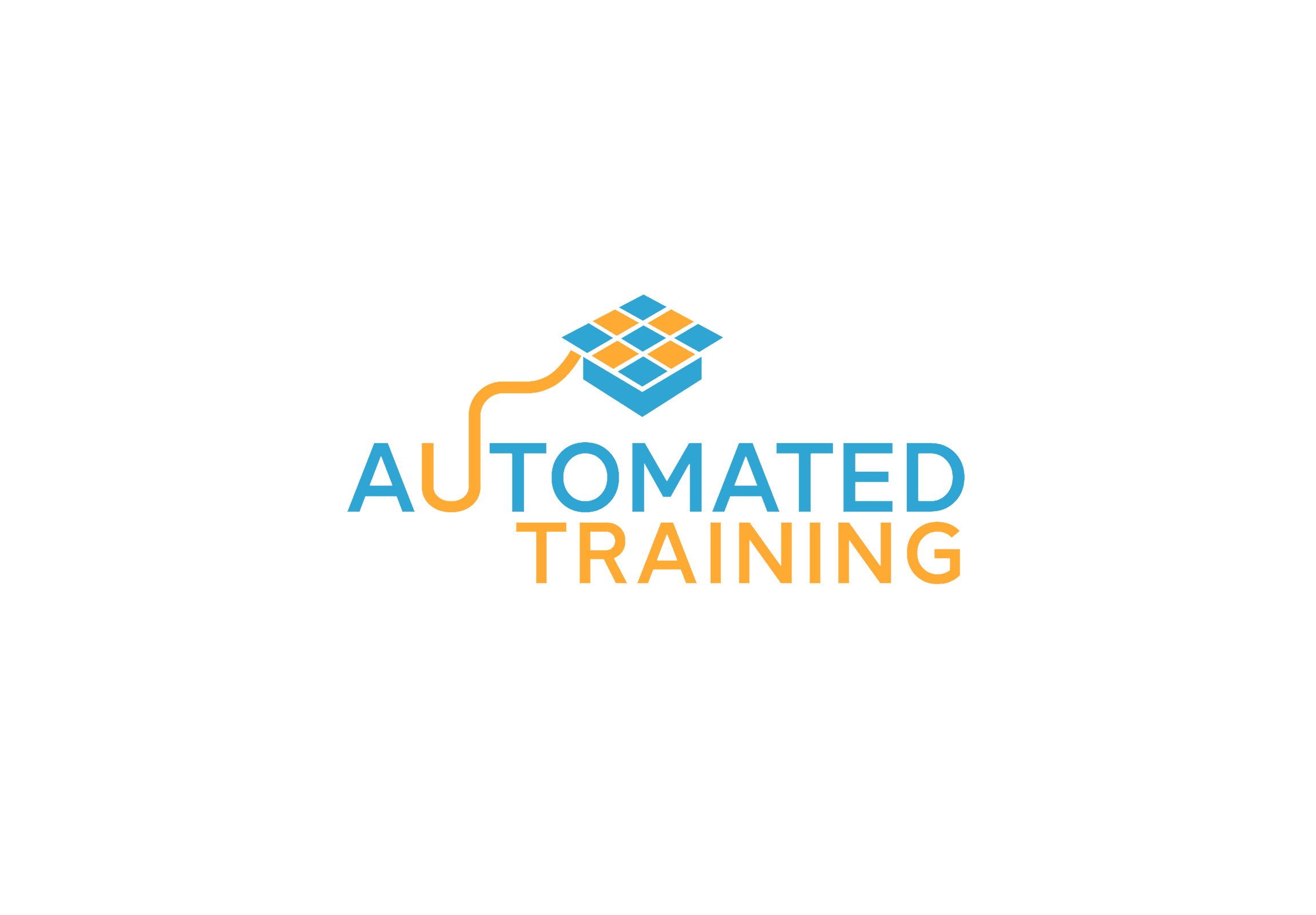We develop ineffective training habits because we use the wrong training method to transfer knowledge to employees: lecturing. And this has some downsides. But also due to the abundance of information nowadays and the great amount of the information needed to be transfered.
What are the most practiced unproductive training habits?
Let’s find out!
Training habits in the gym
If you go only once to the gym and you train for more hours. As many hours as you can, do you get the desired results?

Of course not!
And why is that?
Because you don’t get results in one day. Muscles need a resting phase after the training phase. Also, nourishment, sleep, and rest are also part of the training. The brain needs all these too!
God didn’t make the world in one day either! It took him six days. And then he took a day off! Good himself rested too.
When it comes to learning or employee training, do you think that the “brain muscles” work differently? Do you believe that having your employees sit the whole day in training will enhance full absorption on the matter and that was it?
Some of the ineffective learning habits or cognitive mistakes in employees’ training are:
– long hours of sitting in the training and learning outside attention span
– repeating the material at need is not possible
– there is no time for internalization, linkage, and memorization because the information is presented for hours or even days in a row
– and there is also no time dedicated for application in real job tasks
– and the trainer is not available (when the training is bought from another company) to support the employees in applying the information in their projects
Training habits in companies
Since brain muscles should be trained as regularly as body muscles, why do we have a subscription and unlimited access only to the gym but not to the training program? Why does the list of employees’ benefits contain free subscriptions and unlimited access to body training but not unlimited access to the training that explains his daily work?
Maybe because companies spend already a lot of money on employee training. First is the onboarding training and then some dedicated “technical” development follows for each employee’s specific tasks or job.
Spending habits
You are asking yourself how much “a lot ” means? I cite the professionals of the domain, training magazine’s 2018 Training Industry Report (https://trainingmag.com/trgmag-article/2018-training-industry-report/):
- “Total 2018 U.S. training payroll increased nearly 13 percent to $47 billion” and
- “Average training expenditures for large companies increased from $17 million in 2017 to $19.7 million in 2018. The number for midsize companies rose $600,000 to $2.1 million in 2018.”
Being aware of the above numbers, in order to realize what “ineffective training habits” means I will quote Charles A. Jaffe:
“It’s not your salary that makes you rich, it’s your spending habits“
With regards to learning or employee training, effective learning habit determines how much you retain out of that session. And not how much time or money you put into it.
Retention habits
How much do you retain from such a training session that holds 3 days in a row?

When you spend this amount of money on a service you have to make sure that the service brings this value within. If you spend this amount of money on training for your employees, you make sure that your employee has full access to that information as long as they do some work for you!
Do you know that presentations and lectures offer the lowest retention from all existing teaching methods?
Research suggests that our ability to concentrate is somewhere between 10 to 40 minutes . This means that if we spend more than this amount of time on a task that requires concentration, like reading or learning, the return on the invested time gets diminished. Which further means that you invest more time and/or money for less outcome. Who would do such a thing? This article presents the other inefficient training habits that we have in place in the face-to-face training method.
The Pareto principle in theory

When it comes to measuring inputs and outputs (specific results), I feel obliged to present the Pareto Principle. Although you can find it everywhere on the internet. Is for the sake of having all information together.
The well-known principle that is mentioned by everybody, in all domains, mostly in marketing and selling training strategies. But I hardly see someone really using it, which reminds me of one joke that can be adapted for this topic. “What do U.F.O’s and the Pareto Principle have in common? Everybody talks about them but nobody is ever seen one” (besides on the coffee cups).
Pareto was an Italian economist that, having no social media back in 1895 to keep him busy, studied the distribution of wealth in Italy. And he observed that 80% of it belonged to 20% of countries’ population. After detailed research, he concluded that the ratio is valid for almost all the countries of the world. Meaning that 80% of the world’s wealth is in the hand of 20% of its inhabitants. The ratio is valid also nowadays, no need to put aside social media to make the calculations again. So keep calm and continue reading!
The Pareto principle in the Bible
The final conclusion to the story is that God did not create the world having equality in mind and Matthew 13:12 confirms that:
“For to every one, that has shall be given, and he shall have abundance: but from him, that has not shall be taken away even that which he has.”
In free translation that means: the richer will get richer and the poor will get poorer. God has decided that, don’t blame me! Also, natural phenomena are unequally distributed after the same principle. Roughly, 80% of the effects come from 20% of the causes.
And to bring God’s work further, some smart guys have extrapolated the principle to domains like TAX, project management, business, economy, IT. And according to them, in each domain would be a 20% knowledge that brings you 80% of the results. Believe it or not, there are some small things in each domain that make a huge difference in the outcome. Test it yourself, before starting anything, try to find the 20% input that gives you the 80% of the result, and measure the result after its application.
Using Pareto to get rid of ineffective learning habits
Getting back to our topic of how to get rid of ineffective learning habits, here is a question that you should have right now. According to the Pareto Principle, what is the 20% of information that I must know in this matter, concentration and learning, in order to obtain 80% of the result?
Human beings have a limited concentration span. How limited? This table offered by www.brainbalancecenters.com shows the concentration-time from the age of 2 until the age of 16:
- 2 years old: 4 to 6 minutes
- 4 years old: 8 to 12 minutes
- 6 years old: 12 to 18 minutes
- 8 years old: 16 to 24 minutes
- 10 years old: 20 to 30 minutes
- 12 years old: 24 to 36 minutes
- 14 years old: 28 to 42 minutes
- 16 years old: 32 to 48 minutes
![]() In order to learn effectively, we shouldn’t spend more time learning than our attention span. It would be as wasteful as pouring into a full glass. The attention span varies also from person to person, depending also on how much someone has trained it. But as a rule of thumb, the maximum amount of time that you should dedicate to one session of learning should not exceed 30 minutes. You can continue with a second session after approx.10-15 minutes “brain break”.
In order to learn effectively, we shouldn’t spend more time learning than our attention span. It would be as wasteful as pouring into a full glass. The attention span varies also from person to person, depending also on how much someone has trained it. But as a rule of thumb, the maximum amount of time that you should dedicate to one session of learning should not exceed 30 minutes. You can continue with a second session after approx.10-15 minutes “brain break”.
A brain break means that you do something good for your brain and not for your taste … unless you like dark chocolate, nuts, and blueberries. Then it is also for your taste. In the brain break, you nourish your brain!
Solution for effective learning and training
How can we use this information to create effective learning for employees?
In order to increase learning efficiency, it is important to dedicate appropriate portions of time, according to our attention span, up to 30 minutes to a learning session would be something to start with. It is advisable to split our learning time into more sessions to have as many primacies and recencies as possible. If you want to understand what primacy and recency effect is and why a learning session should be approx. 30 minutes, please read the article or take part in this video experiment. This learning flexibility in employees’ training can be achieved if you record the company’s internal trainings on videos.
Also very important it is to try to increase your attention span, by increasing step by step and little by little the learning time. Cultivating curiosity and using questions are very efficient methods for developing attention and concentration.
![]()
![]() The learning process is not a one-shut-only event, it should be a continuous process just like training in the gym.
The learning process is not a one-shut-only event, it should be a continuous process just like training in the gym.
We tend to overestimate what we can achieve in a day, this is why our calendars are brimful. But we underestimate what we can achieve in a year, in small but consistent steps.
Only 30 minutes of learning per day, every day, means 178 hours of effective learning per year. Also for this case, the video trainings offer the best flexibility and offer the time to apply all 4 pillars of learning in order to learn efficiently.
Don’t underestimate the compound effect of consistent and continuous short learning sessions. This is the secret to eliminating ineffective learning habits and building good training and learning habits.


